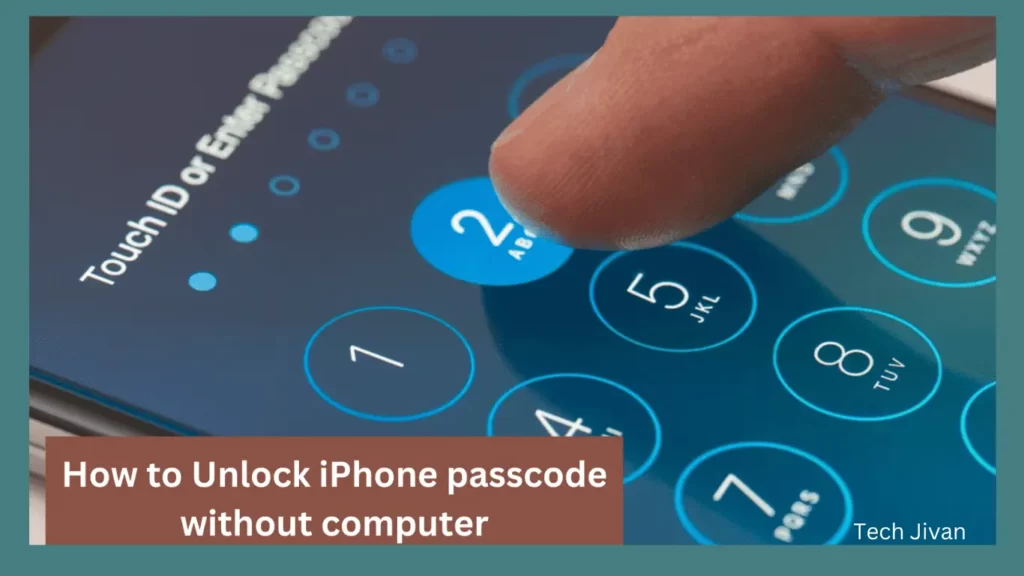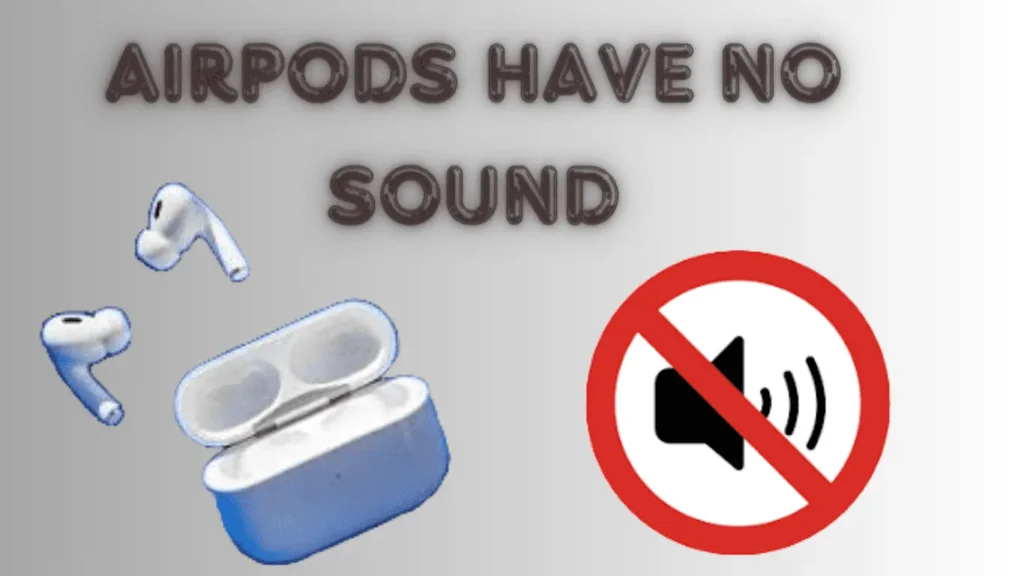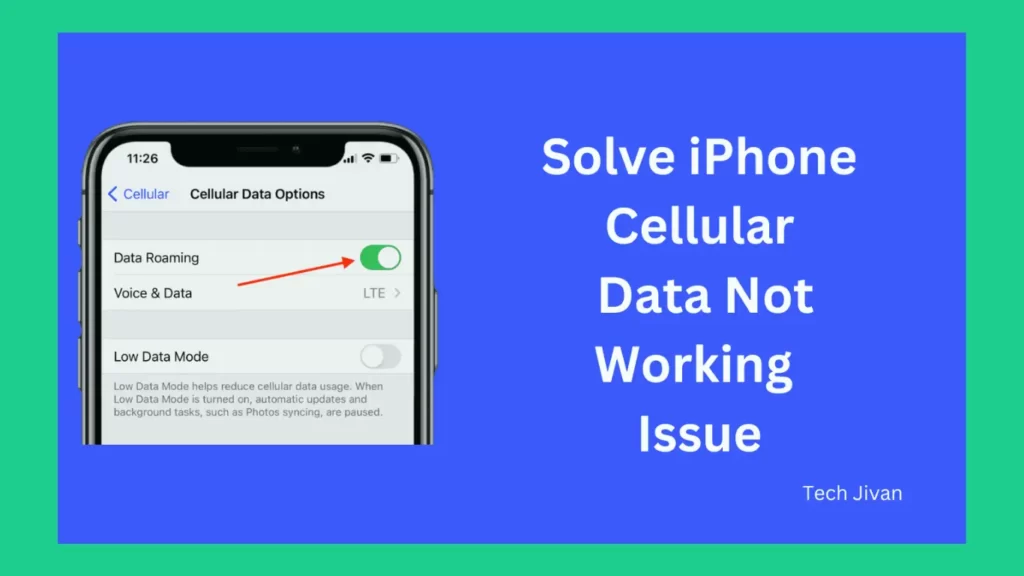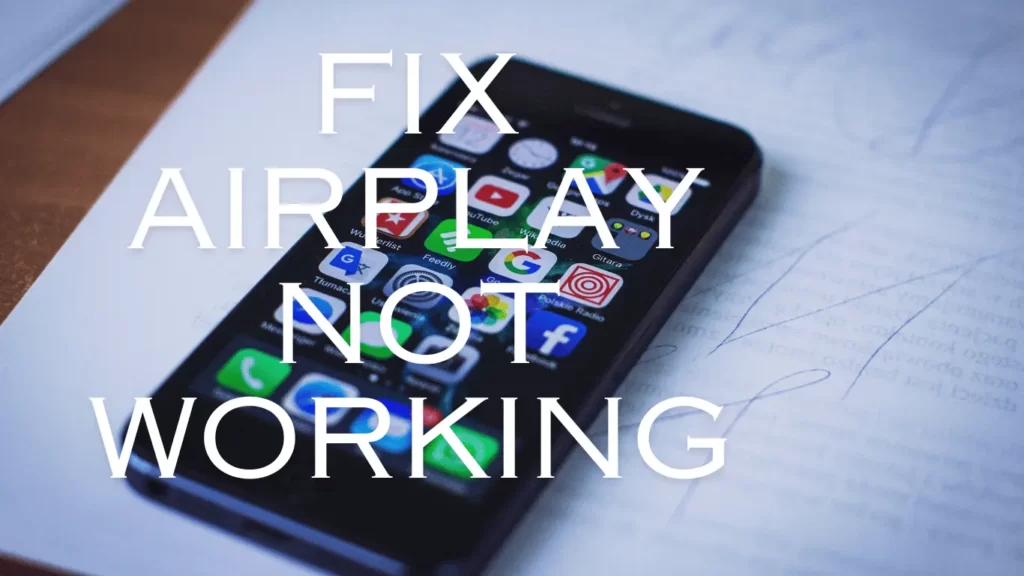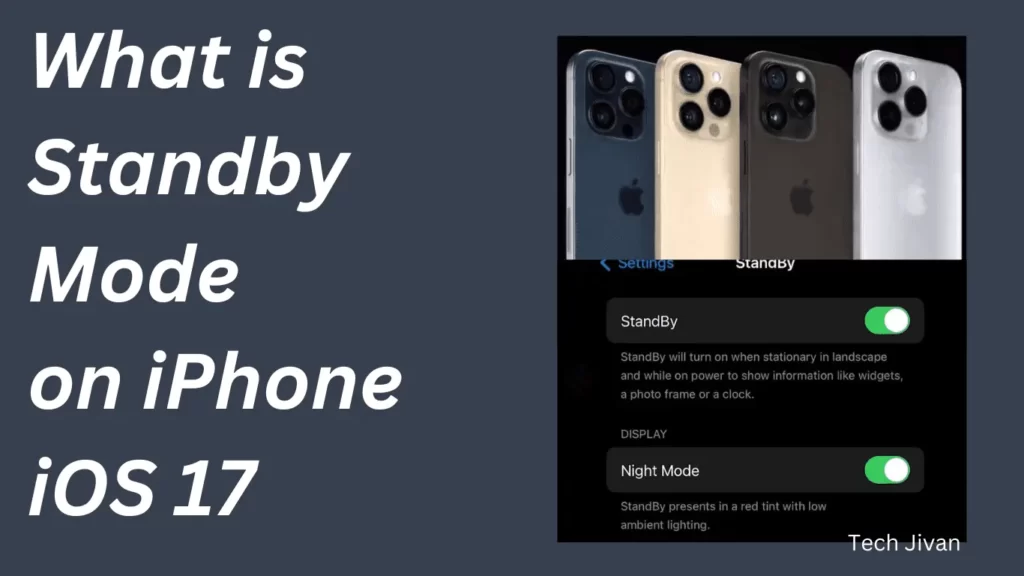
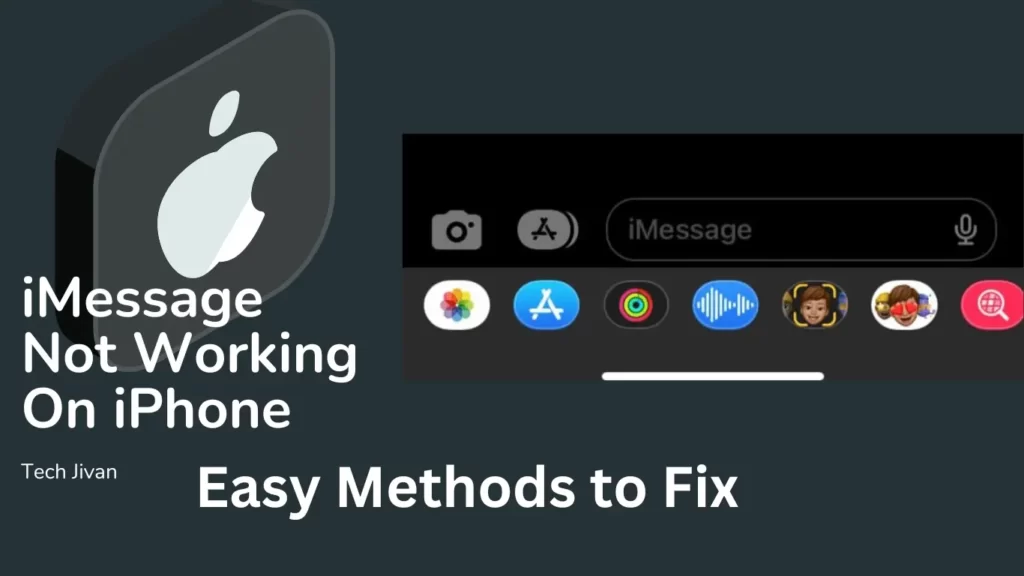
Staying connected through iMessage on your iPhone is essential for timely updates and messages. However, it can be frustrating when you encounter issues with iMessage notifications not working as expected.
These notifications are crucial for receiving important messages and updates, making it concerning when they fail to come through.
These problems are usually temporary and can be resolved easily with a few effective fixes. Here we’ve listed some effective fixes to solve the iMessage Not Working problem. So let’s start.
Table of Contents
Why Is My iMessage Not Working?
iMessage is a feature that allows users to send texts, photos, and videos between Apple devices using WiFi or cellular networks. These messages are encrypted and have a distinctive blue color.
If you’re facing problems with iMessage not working, it could stem from various factors. These include potential server issues on Apple’s end, glitches within the Messages app, or the need to adjust your settings.
Before delving into specific problems, let’s explore some best and most straightforward troubleshooting fixes to address the most typical iMessage not working issue. So read the below section till the end.
Some Easy Methods To Fix Imessage Not Working On iPhone
Method 1: Make sure iMessage is set up and enabled For Your iPhone
Ensure that iMessage is appropriately set up and enabled on your iPhone. If iMessage isn’t set up correctly, your device might not be listed as eligible for iMessage use. To begin, follow these steps:
- Open the Settings app and access the “Messages” section.
- Tap on “Send & Receive.”
- Confirm that your iPhone’s phone number is selected in both areas of the page, particularly under “Start New Conversations From.”
- After setting up iMessage, navigate to the Settings app and scroll down to locate “Messages.” Ensure that iMessage is toggled on.
- If you encounter a “Waiting for Activation” message, ensure your device has sufficient credits to connect to your network and enable iMessage.
Note: Enable iMessage on all your other Apple devices for seamless communication.
Read Also: Solve iPhone Cellular Data Not Working Issue
Method 2: Restart iMessage
If you’ve ensured that your settings are accurate, trying to turn off and then on the entire iMessage service could resolve the issue. Follow the steps given below:
- Open the Settings app and go to Messages.
- Toggle off iMessage by swiping the button left.
- Restart your iPhone and enable iMessage again after restarting.
- Return to the Settings app, access Messages, and toggle on iMessage by swiping the right button.
- If the problem persists, log out of your Apple ID and back in.
Method 3: Check Notification Settings
Ensure you haven’t unintentionally disabled notifications for the app if you’re not receiving iMessage notifications on your iPhone’s Lock screen or in the Notification Center. To re-enable them:
- Open the Settings app.
- Navigate to Notifications.
- Locate and select Messages.
- Turn on the “Allow Notifications” toggle.
Additionally, confirm that you have Alerts enabled. Consider enabling Lock Screen, Notification Center, and Banners options for uninterrupted message alerts.
Method 4: Ensure Contact Is Not Muted
Check your contact settings to ensure you’re not missing notifications from certain people. If you’re not receiving alerts from specific individuals, you might have their notification alerts turned off or muted. To check and adjust, follow the steps:
- Open the Messages app.
- Find the conversation with the person in question.
- Tap on their name.
- Choose Info.
- Turn off the Hide Alerts option.
You can enable the Notify Me option if you want to receive notifications for muted conversations but still get alerted for mentions. Just go to Settings, then Messages, and turn on Notify Me.
Method 5: Deactivate Filter Unknown Senders
Filter Unknown Senders is a function designed to prevent messages from unknown numbers, effectively blocking those not saved in your contacts.
However, this might lead to issues if someone you recognize uses a new number or you overlook saving their number on your device. To deactivate this feature:
- Navigate to the Settings menu.
- Open the Messages section.
- Turn off the Filter Unknown Senders option.
Method 6: Unpair Bluetooth Devices
When your iPhone is connected to a Bluetooth device, text alerts might be directed to that device rather than your iPhone’s speaker.
To confirm, navigate to Settings → Bluetooth to view all currently paired accessories with your iPhone.
Deactivate Bluetooth or disconnect any devices linked to your iPhone, such as speakers or wireless earbuds.
Method 7: Verifying Custom Text Tone
If you find that you’re not receiving notifications from specific contacts, there’s a chance that you might have unintentionally set a custom text tone to “None” for those contacts. To confirm this, follow these steps:
- Open your Contacts app.
- Locate the contact for whom you’re missing notifications.
- Tap on the “Edit” option.
- Scroll down until you reach the “Text Tone” section.
- If the text tone is “None,” consider changing it to a different tone.
By following these instructions, you can ensure that the alert settings for your contacts are correctly configured to receive the notifications you expect.
Method 8: Deactivate Message Forwarding
If your iPhone isn’t receiving messages or notifications, but your other Apple devices are, the cause might be Message Forwarding.
This feature forwards your iPhone messages to other devices connected to your iMessage account. To resolve this issue, you can turn off Message Forwarding:
- Go to Settings.
- Select Messages.
- Tap Text Message Forwarding.
- Turn off the toggle for any other devices currently receiving the notifications.
Method 9: Restoring Default iPhone Settings
If other troubleshooting methods prove ineffective, resetting all settings could be a solution. This action will remove all custom settings, including Bluetooth, WiFi, and VPN setups. Rest assured; your personal data will remain unaffected. Here’s how:
- Open the Settings app.
- Tap on “General.”
- Choose “Transfer or Reset iPhone” and then tap “Reset.”
- Inside the “Reset” section, select “Reset All Settings.”
- You may be prompted to enter your passcode for confirmation.
Other Basic Fixes For iMessage Not Working On iPhone
Here are the Additional Simple Solutions for iMessage Issues on iPhone:
Give your iPhone a Restart: At times, a simple restart of your iPhone can effectively clear out any bugs or glitches that might be causing app-related issues. Try restarting your iPhone to see if this resolves the problem of missing iMessage notifications.
Ensure Your iOS is Up to Date: If encountering problems with iMessage on older iOS versions, consider updating your device to the latest iOS release. Keeping your iPhone’s software current can often address issues related to text notification failures on your device.
Read Also: Apple iPhone 15 Review: Everything You Need To Know
Conclusion
Frequently, iMessage notifications might fail to function correctly on iPhone due to incorrect settings linked to silencing particular conversations while leaving others unaffected. Thankfully, iPhone allow silence or conceal alerts for specific chats while maintaining notifications for others. We trust that one of the solutions mentioned above will resolve your issue. Please share it with your friends also.
Frequently Asked Questions
Q. Why do my iMessages appear in green and get sent as text messages?
Ans: When your iMessages appear in green, it means they’re sent as SMS texts instead of iMessages.
Q. Is using iMessage free of charge?
Ans: To send iMessages, you can use a data plan or WiFi. If you’re on WiFi, it’s free, but using cellular data deducts from your plan.
Q. What should I do if my iPhone isn’t using iMessage?
Ans: After setting up a new device, make sure to update your Messages settings to enable iMessage.
Q. Why can’t I use iMessage on my iPhone?
Ans: If your “Set Automatically” toggle was off and your time or date was incorrect, turning on the toggle might resolve the issue.
Q. How do I enable iMessage on my device?
Ans: Enabling iMessage is easy. Start by going to Settings, then accessing Messages, and finally turning on the iMessage toggle.
Q. What should I do if my phone number isn’t connecting to iMessage?
Ans: If your phone number can’t receive iMessages, it might not be appropriately activated. To activate it, navigate to Settings > Messages > Send & Receive. Sign in with your Apple ID and start iMessage for your phone number.

